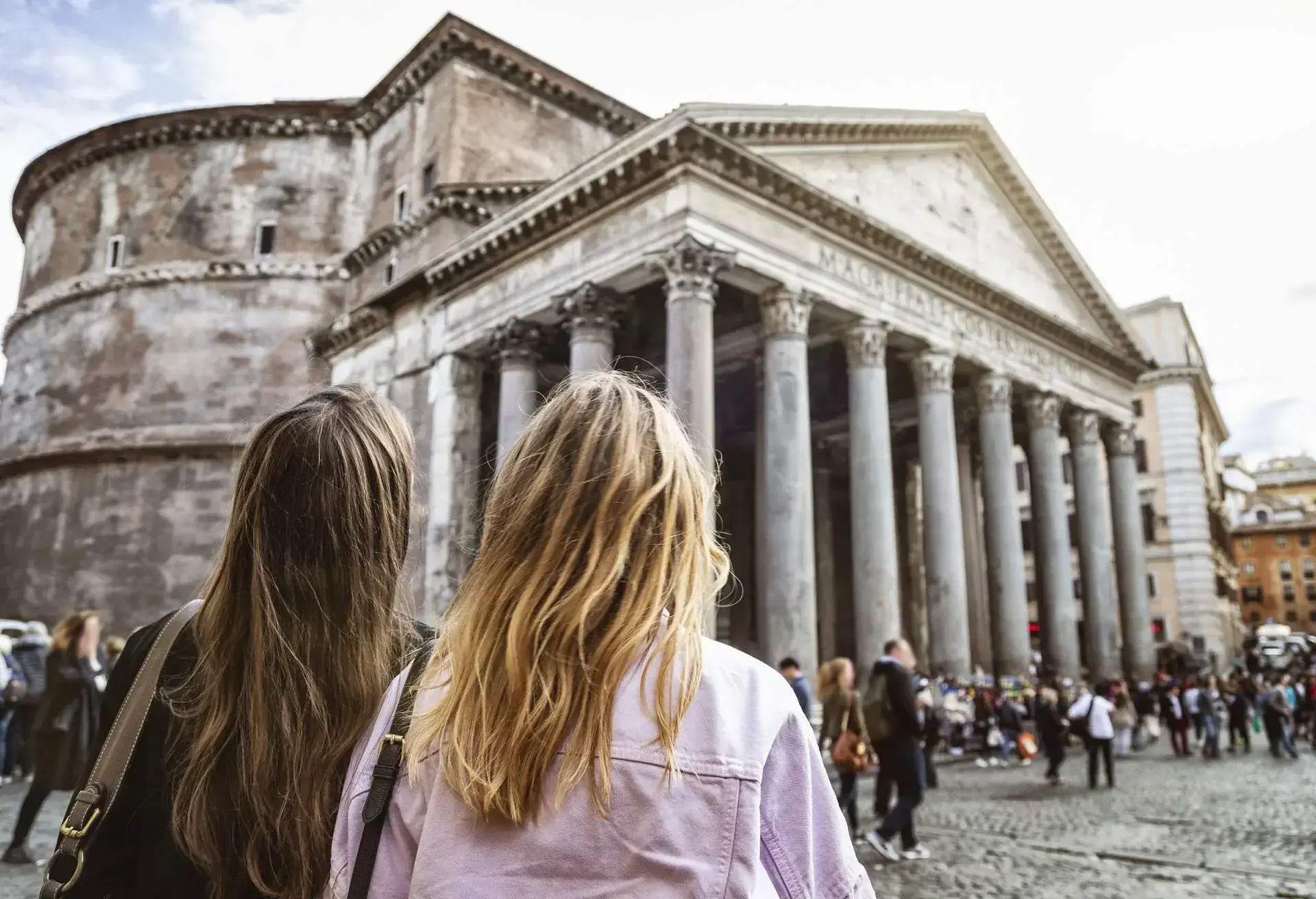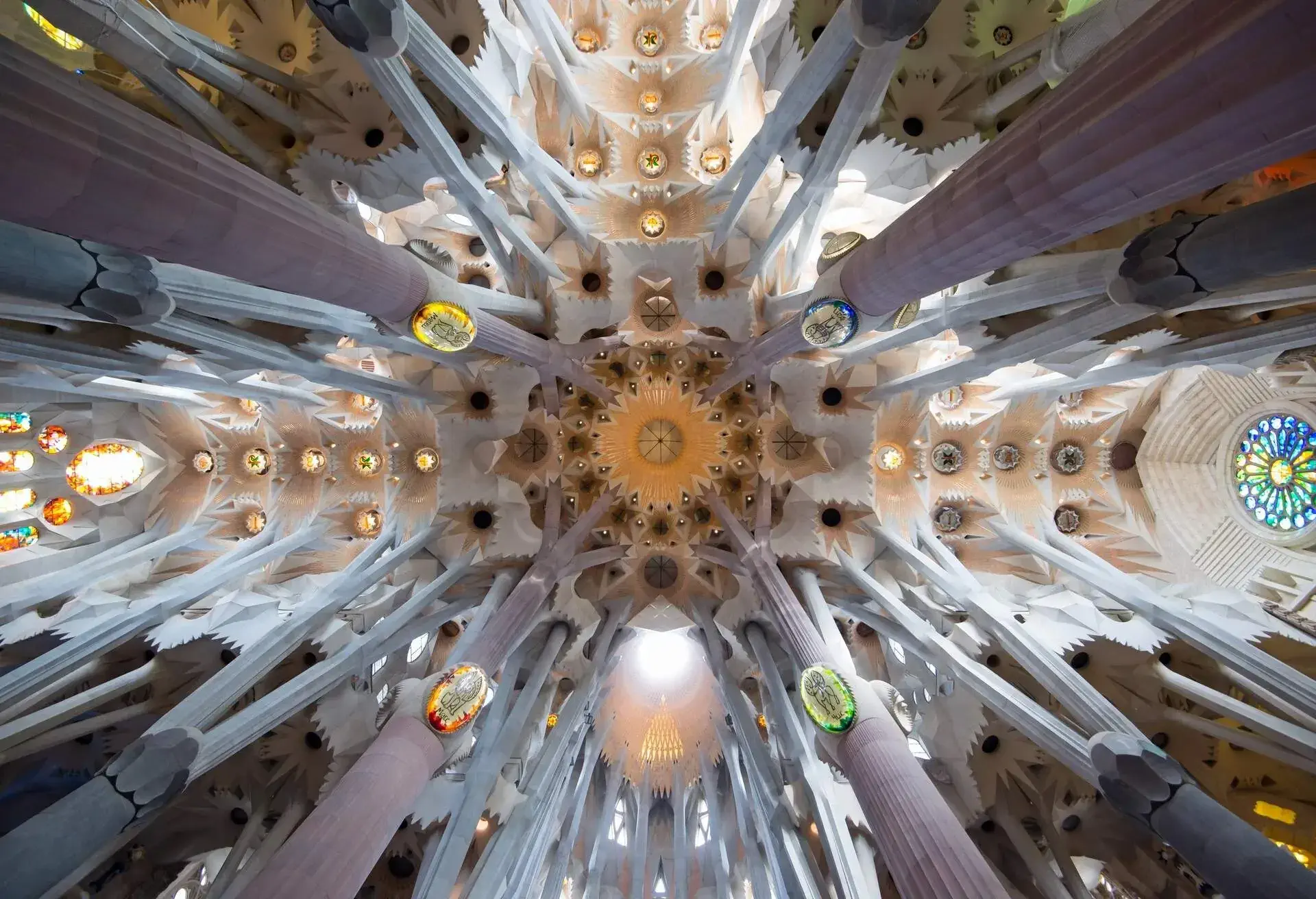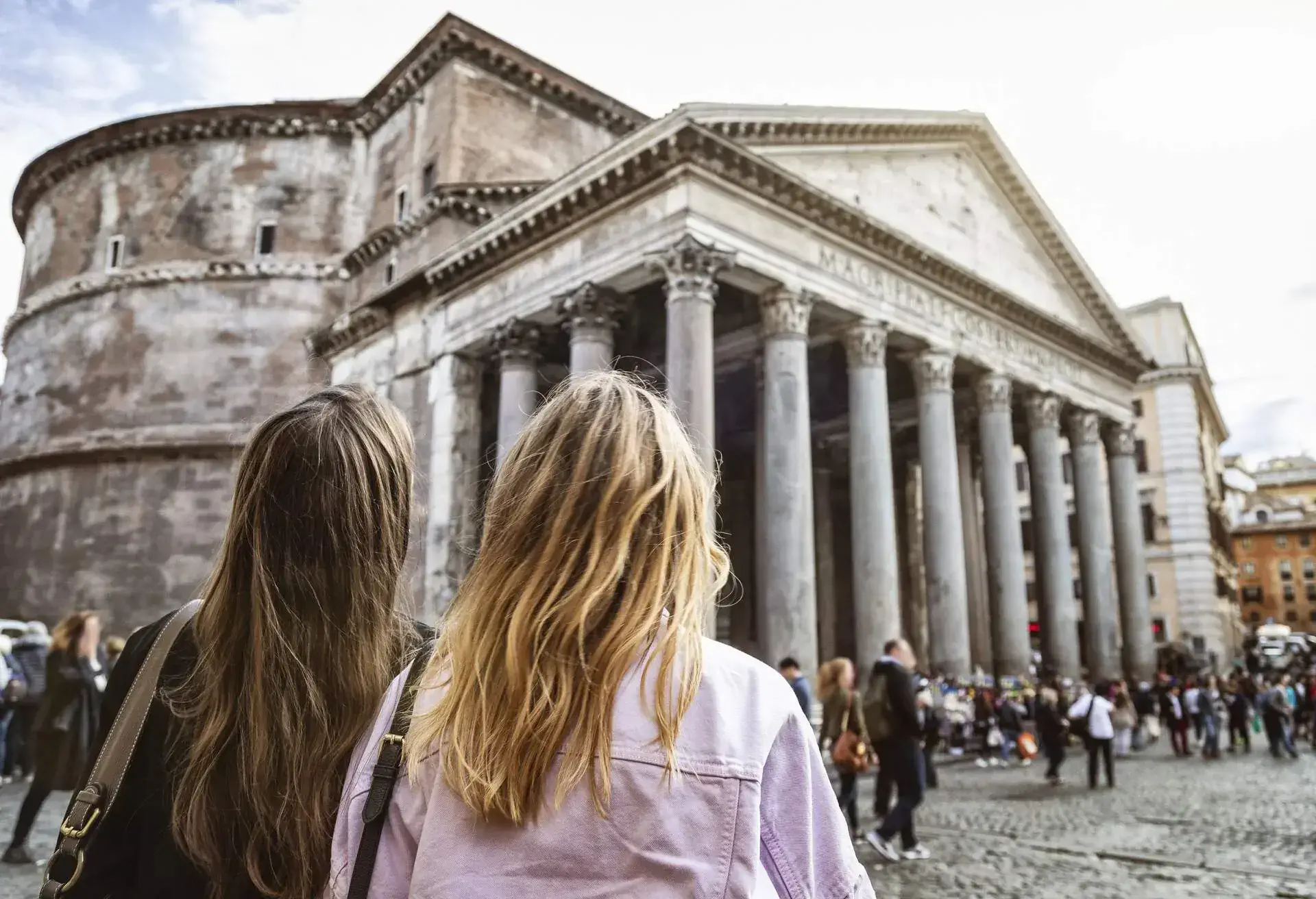In this article, we’ll take a fascinating look at some of the most famous buildings in Rome. Many of them are associated with various aspects of its golden age; some are stunning contemporary marvels, while others are potent symbols representing one of the world’s major religions.
A list of the most famous buildings in Rome

The city of Rome has an illustrious history. It’s difficult to find another that can claim to be the heart of one of the world’s greatest empires, as well as the seat of one of the world’s most powerful churches. Add to that its present position as the country’s political and economic centre, and you have a potent blend that elevates Rome beyond the measure of all other capital cities.
What this blend, centuries in the making, gifts to Italy and the world is an enormous number of buildings that are at once magnificent, awe-inspiring, and beautiful to behold. Our aim is to select some of the most enigmatic and symbolic of these man-made structures and provide background information along with other facts to enlighten and inform. Once inspired, your goal is simple: visit as many of them as you can.
Famous buildings in Rome: the golden age of empire
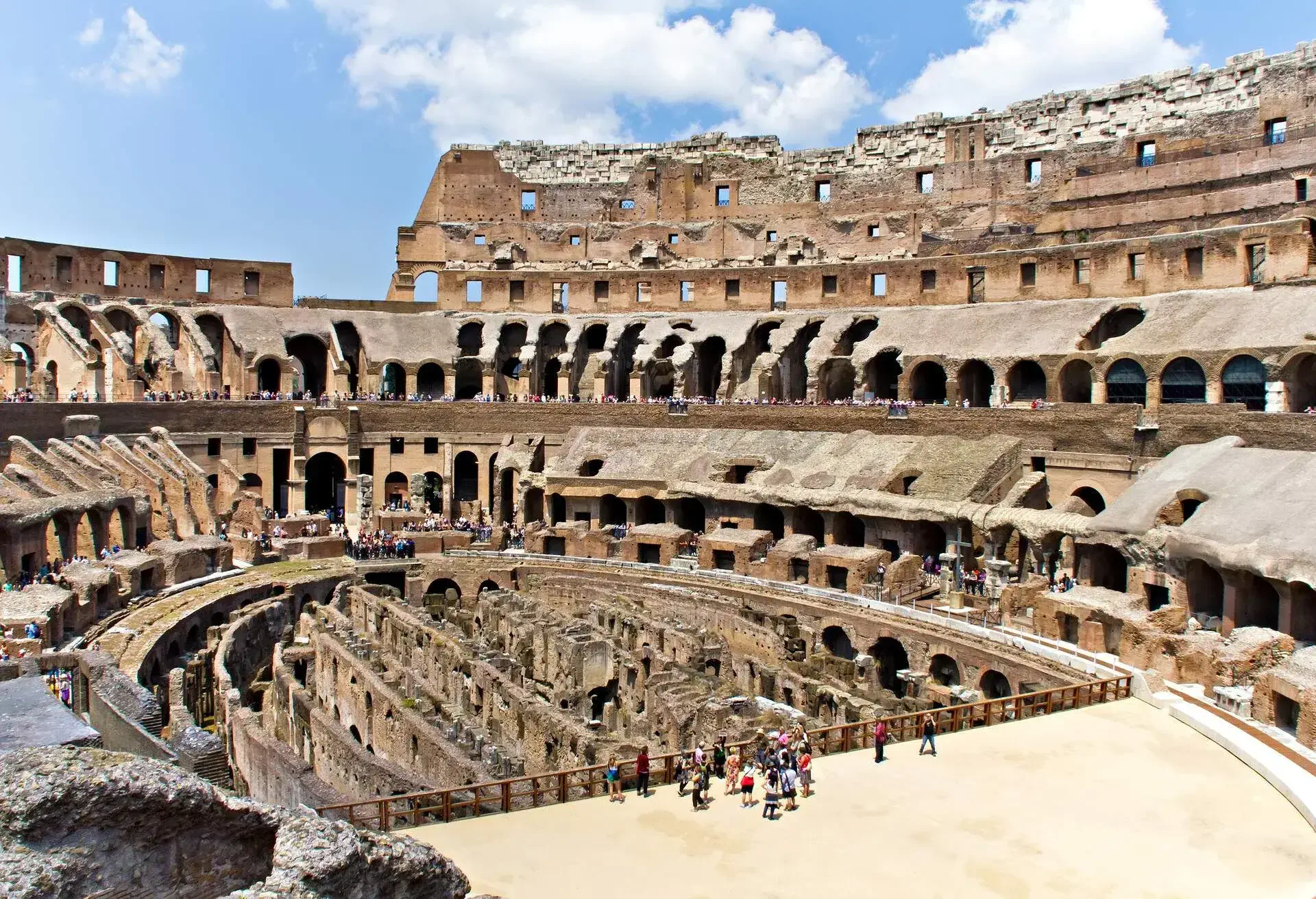
No other building in Rome is more famous or iconic than the legendary Colosseum. Constructed to host the infamous Roman games, it could hold as many as 80,000 spectators and became the crowning achievement of the Flavian dynasty. It was, and still is, the largest amphitheatre ever built and the fact that it is still largely intact after nearly 2,000 years speaks to the great ingenuity and skill of its architects and engineers.
The Roman Forum
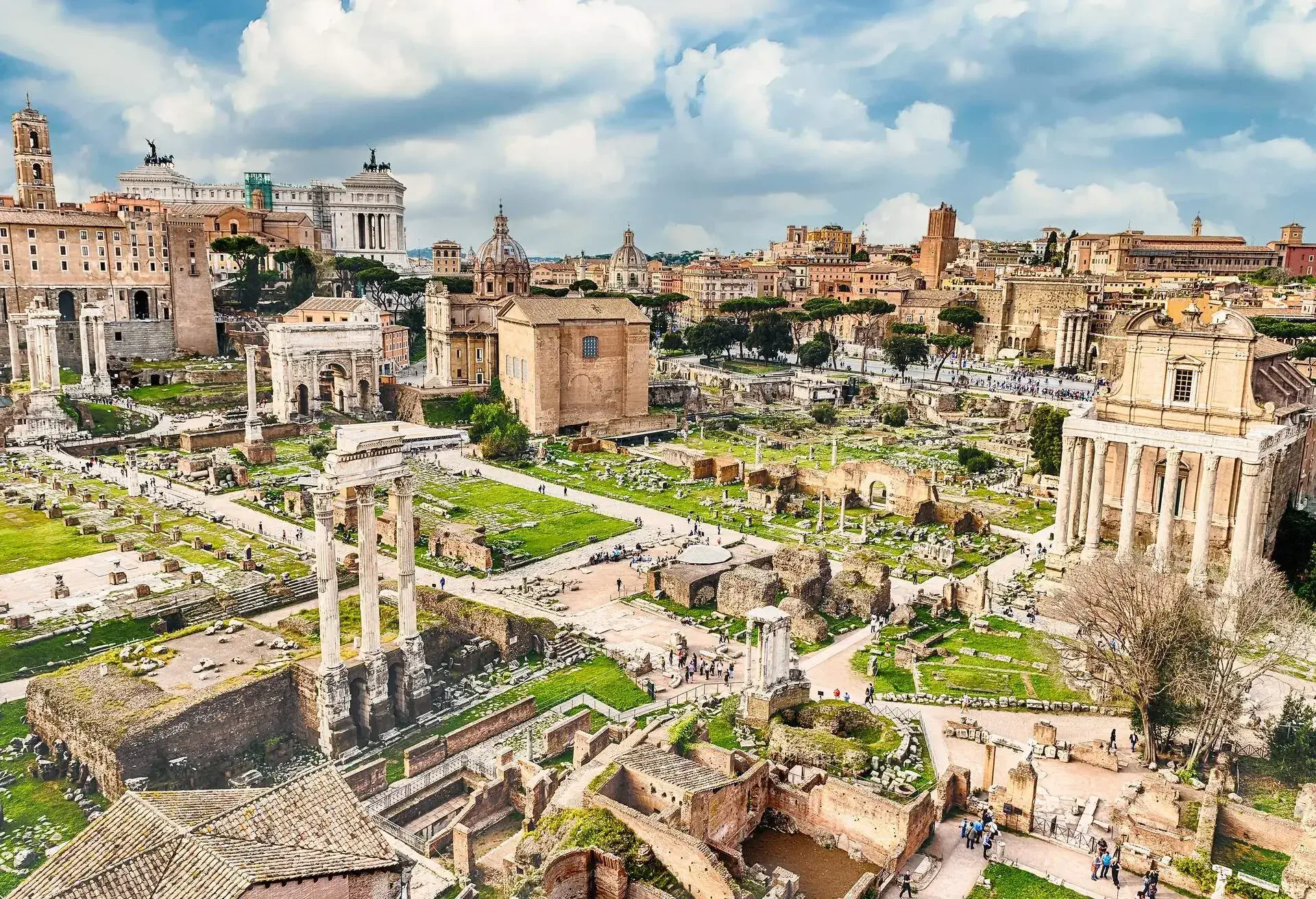
If the Colosseum represents the hedonistic aspect of Roman life, then the Forum represents its more serious side. The fact that these two structures sit opposite each other is not a coincidence, as it was not uncommon for many to literally shop first and enjoy the games later. As the city’s central marketplace, it was the focal point of daily life in Rome and often the place where speeches, processions, trials, and elections were held.
The Pyramid of Gaius Cestius
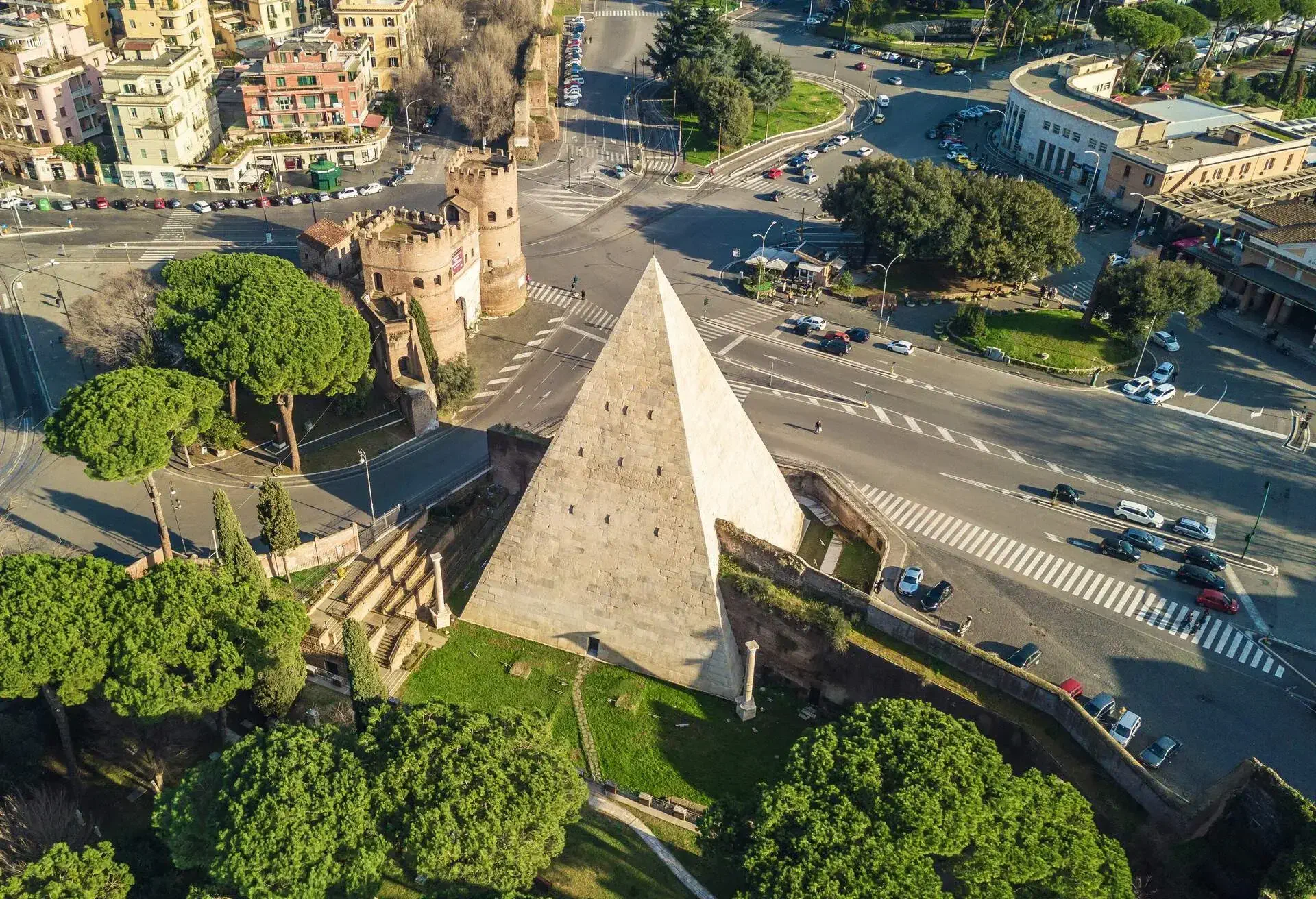
One of the most intriguing buildings in Rome echoes from the farthest reaches of its empirical dominance. The Pyramid of Gaius Cestius stands uniquely among the classical and neo-classical buildings in the city centre and, like its counterparts in Egypt, was constructed as a tomb for one of its most prominent magistrates. From base to summit, it stands at just over 120 ft high.
The Pantheon of Rome
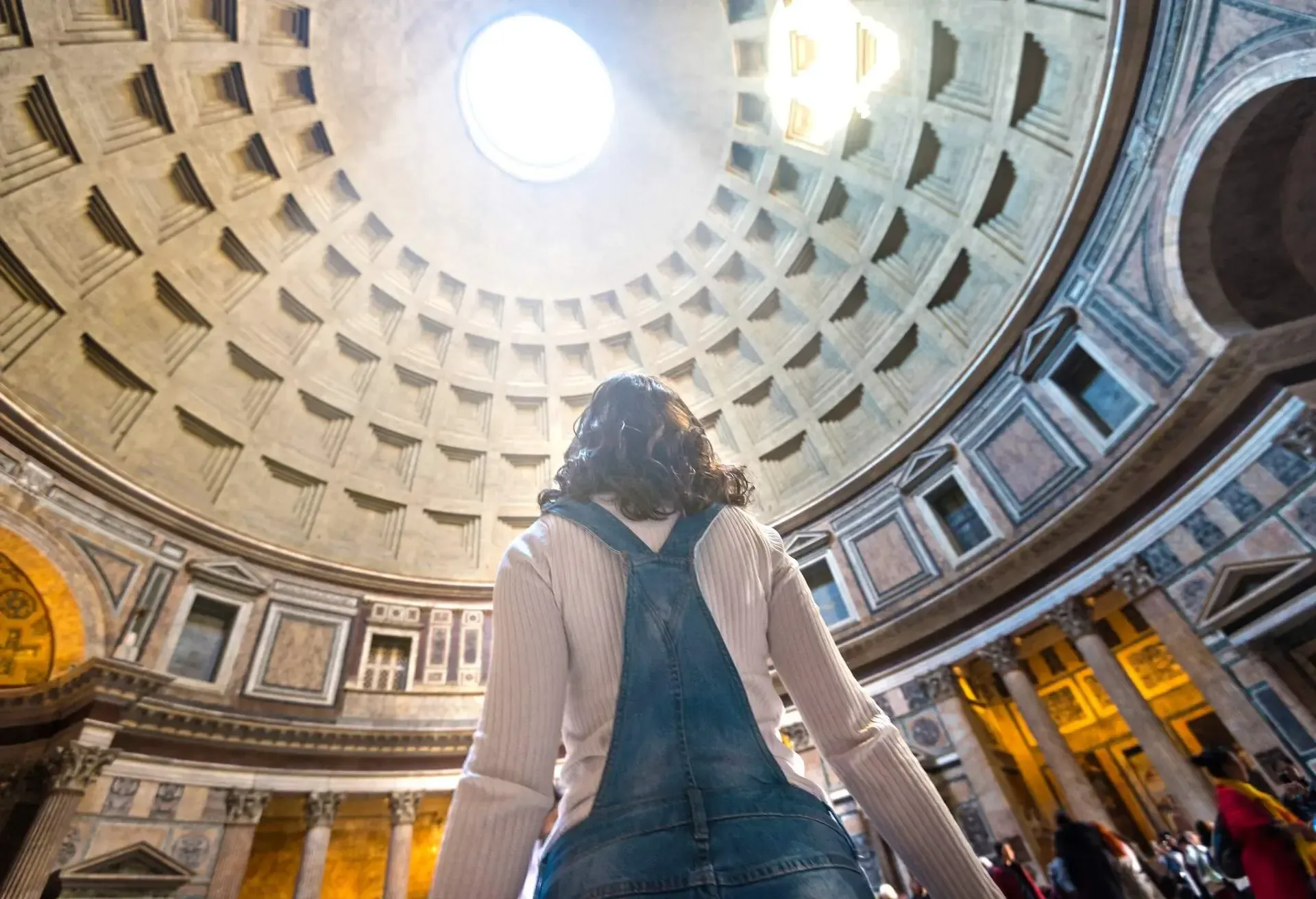
Another structure with echoes of the former empire is the Pantheon of Rome. If the portico of Corinthian columns looks familiar it’s probably because the design imitates the defining feature of the iconic Parthenon in Athens, Greece. Originally built as a temple to the gods, it was later turned into a Catholic church and has an oculus in the middle of its concrete dome.
Famous buildings in Rome: ecclesiastical power and prestige
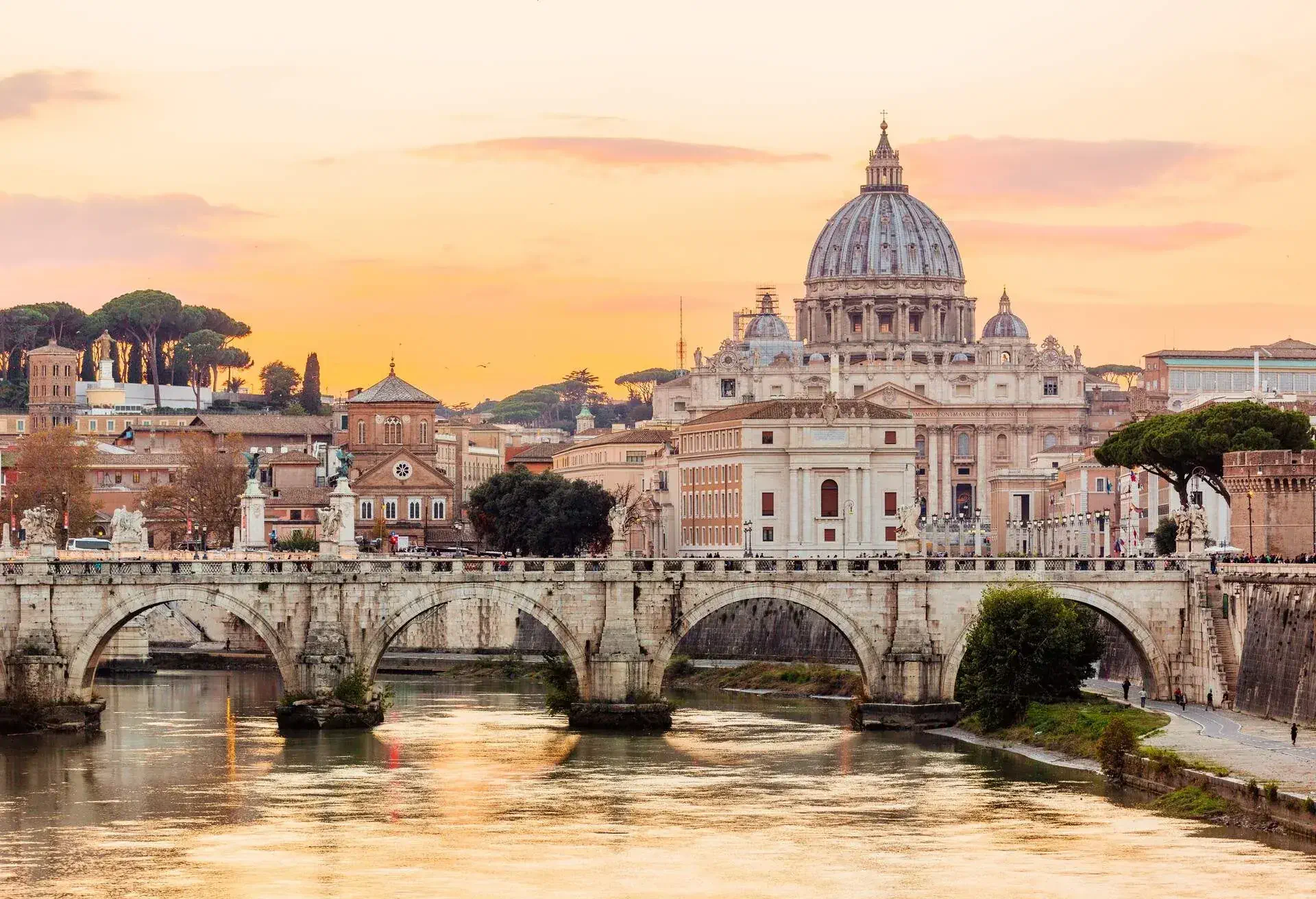
Despite the Great Schism that saw the defection of Eastern Orthodox Christians (with Constantinople as the Holy See) and the Western Schism, which led to the Avignon Papacy, Rome has forever been the beating heart of the Catholic faithful worldwide.
When it comes to symbolising the immense power and prestige of the Catholic Church, St. Peter’s Basilica has no equal. Legend regards it as the burial place of St. Peter, which explains its role as the holiest shrine in Christendom. From its famous balcony successive popes have delivered countless liturgies while masses of spectators, as many as 80,000, pack St. Peter’s Square to hear and hopefully get a glimpse of His Holiness.
Basilica di Santa Maria Maggiore
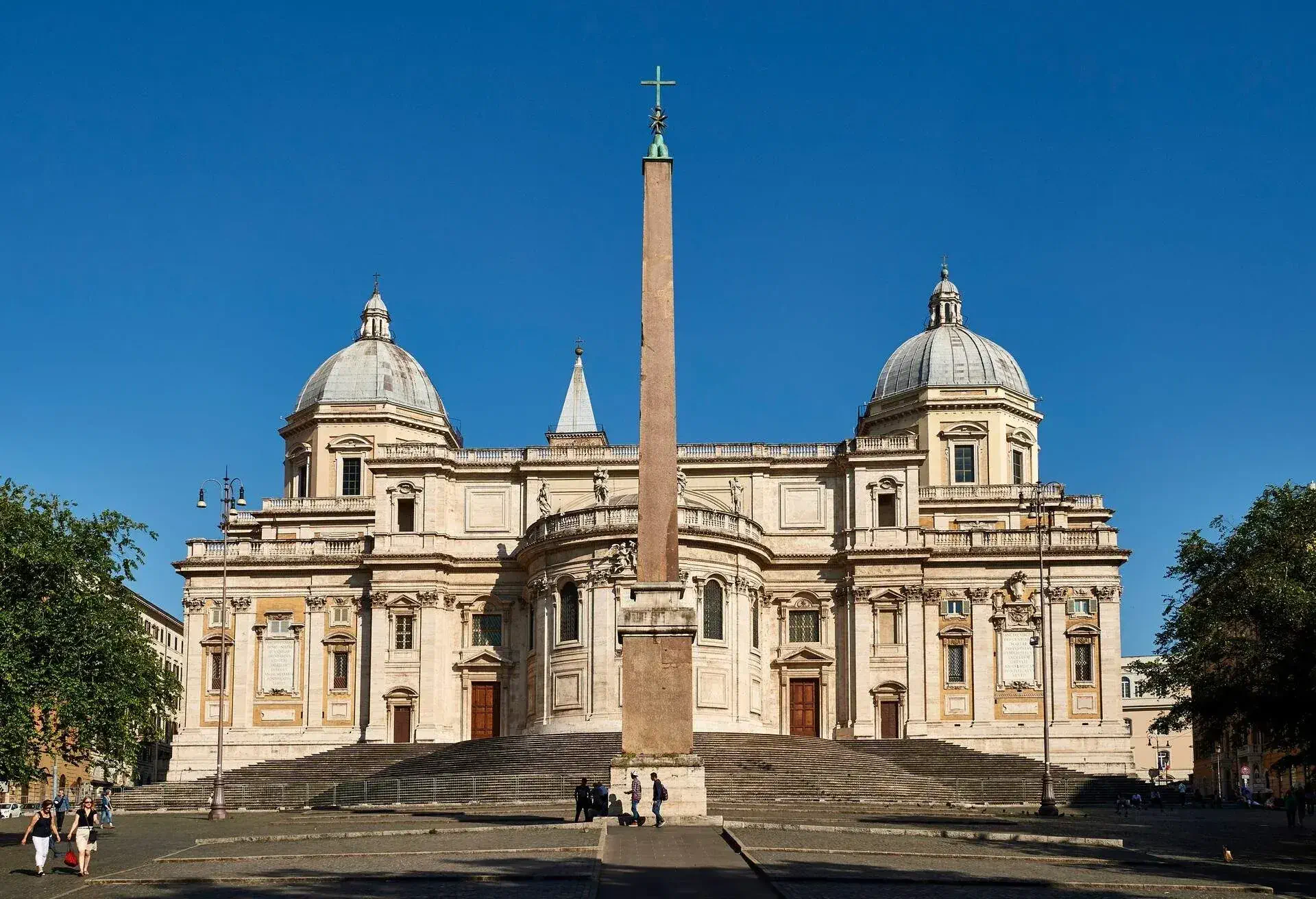
Basilica di Santa Maria Maggiore ranks second after St. Peter’s in terms of popularity and size. Considered one of the city’s four major basilicas it is the only one dedicated to the Virgin Mary and for this reason alone is revered by many across the city and the country. Another interesting fact is that while located outside the perimeter of Vatican City it is fully owned by the Holy See and enjoys the status of a foreign embassy following the Lateran Treaty of 1929.
The Sistine Chapel
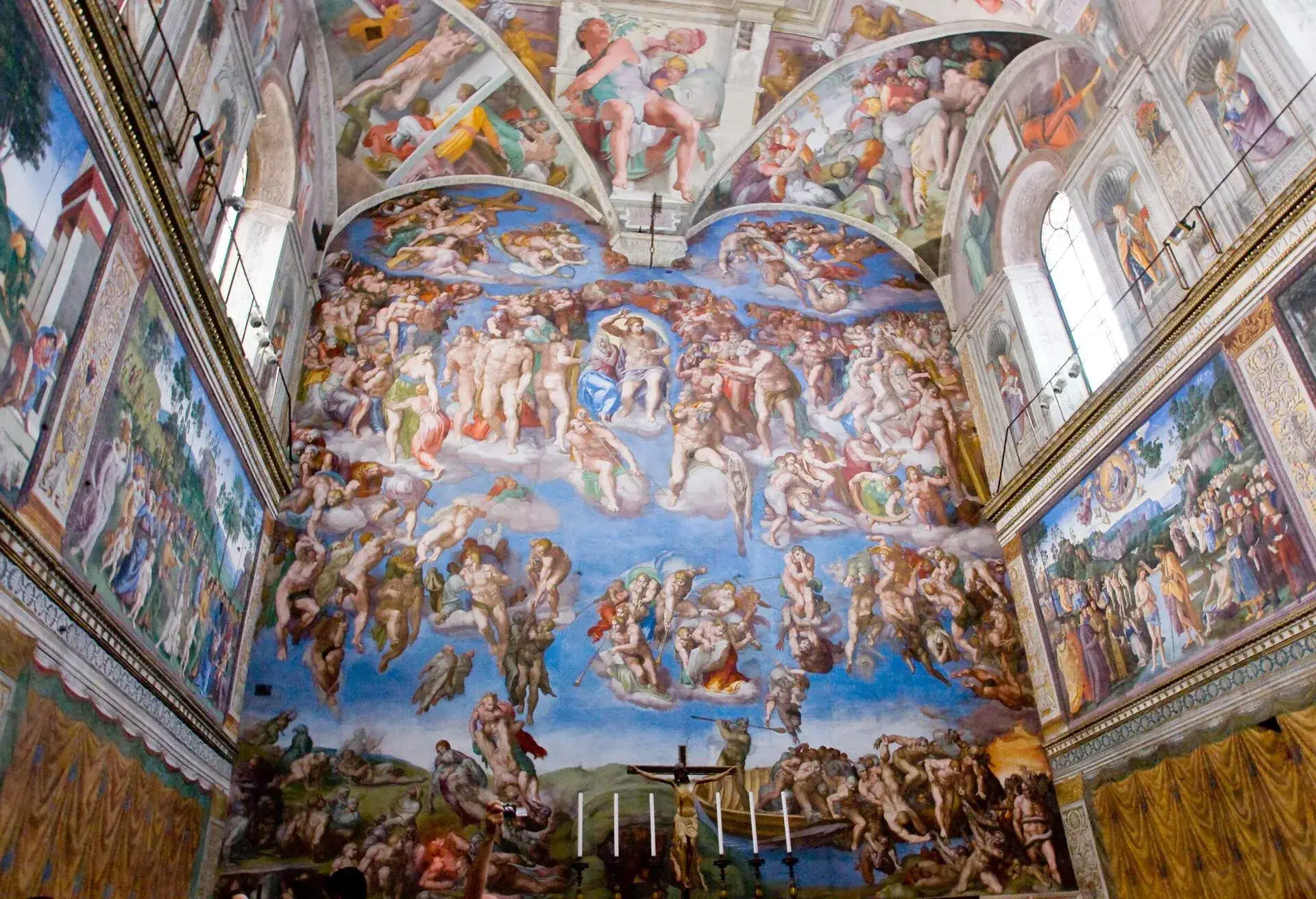
Whether or not you’re Catholic, the fame of the Sistine Chapel is celebrated far and wide. Part of the Apostolic Palace that is the official residence of the pontiff, this chapel is celebrated for its prized frescoes created by some of the finest artists of the Italian Renaissance. Of them, Michelangelo’s The Last Judgement is fabled, courtesy of numerous television and motion picture dramatisations, but you can also find awe-inspiring works by Botticelli, Rosselli and Perugino.
Chiesa del Gesú
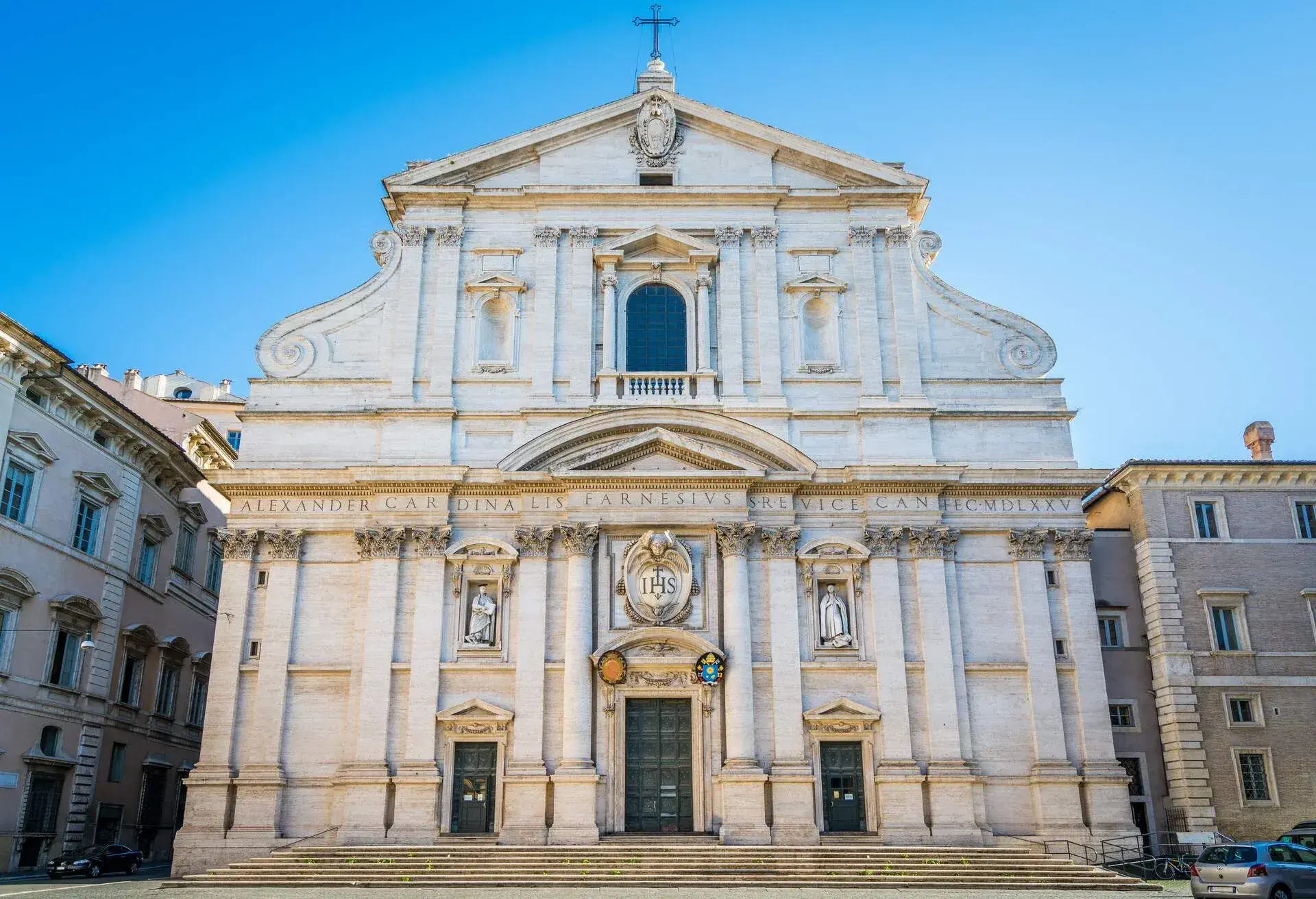
Chiesa del Gesú isn’t as large or perhaps as well-known as many others in Rome, but its importance should not be underestimated. The headquarters of the Jesuit Society, it pioneered the use of Baroque architecture for its facade and, as missionaries spread the gospel across the New World, this design became the model for many of the Jesuit churches erected in North and South America. Chiesa del Gesú cannot claim any world-famous artworks or venerable names but it symbolises how the Catholic Church was able to project its power and prestige in the Americas.
The Vatican Museums
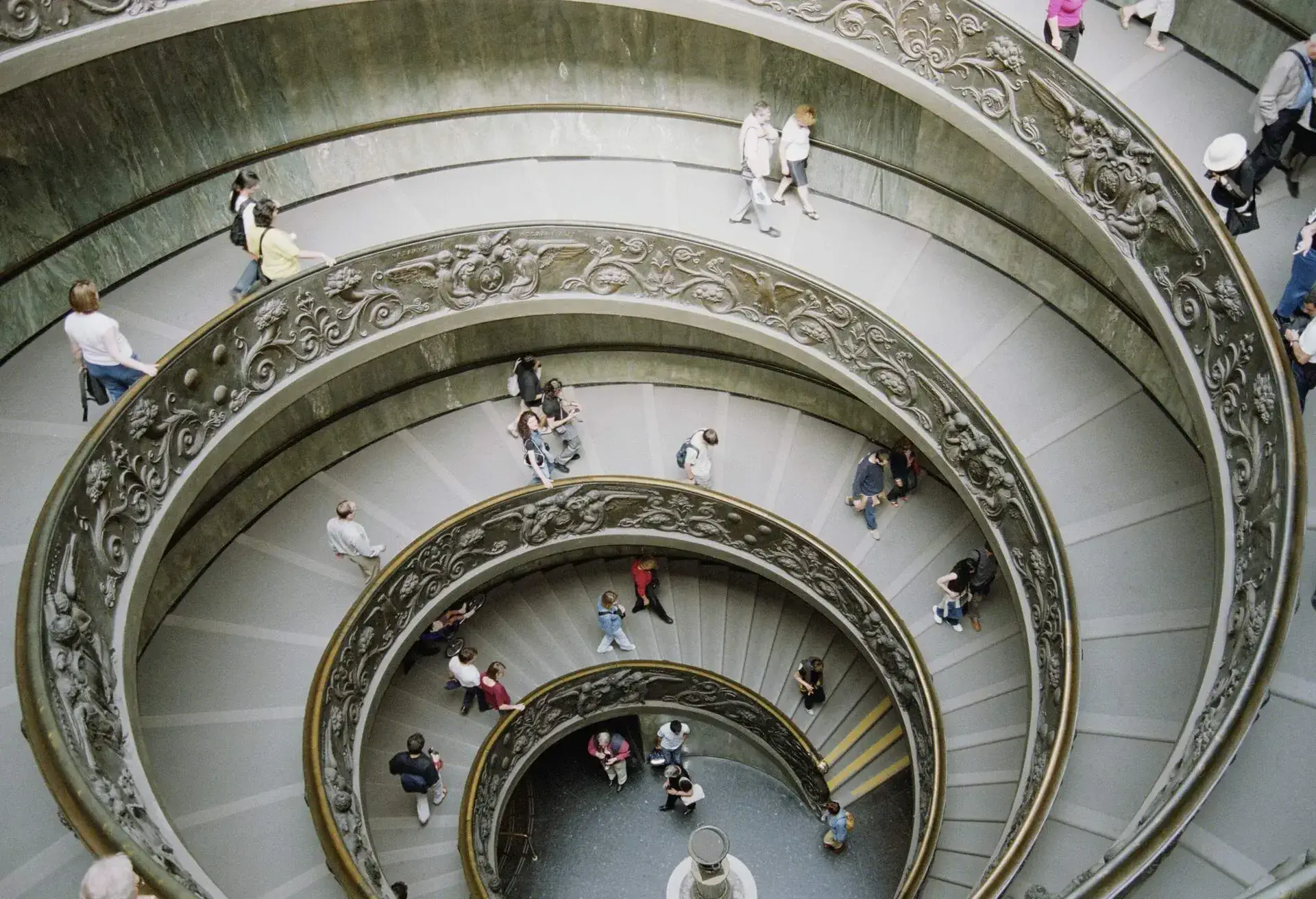
The Vatican Museums comprise 24 galleries where about 20,000 or roughly one-third of its total works of art are available for public viewing. Ranked among the top five most visited museums in the world, a tour of the Vatican Museums also includes the Sistine Chapel, as well as the suite of rooms known as the Stanzi di Raffaello. The collection of art includes masterpieces by Michelangelo, Raphael, Caravaggio, and Leonardo da Vinci, in addition to many fabulous sculptures, including a famous full-length one of Augustus Caesar, which is installed in the Braccio Nuovo, or New Wing, of the museum.
Famous buildings in Rome: modern marvels
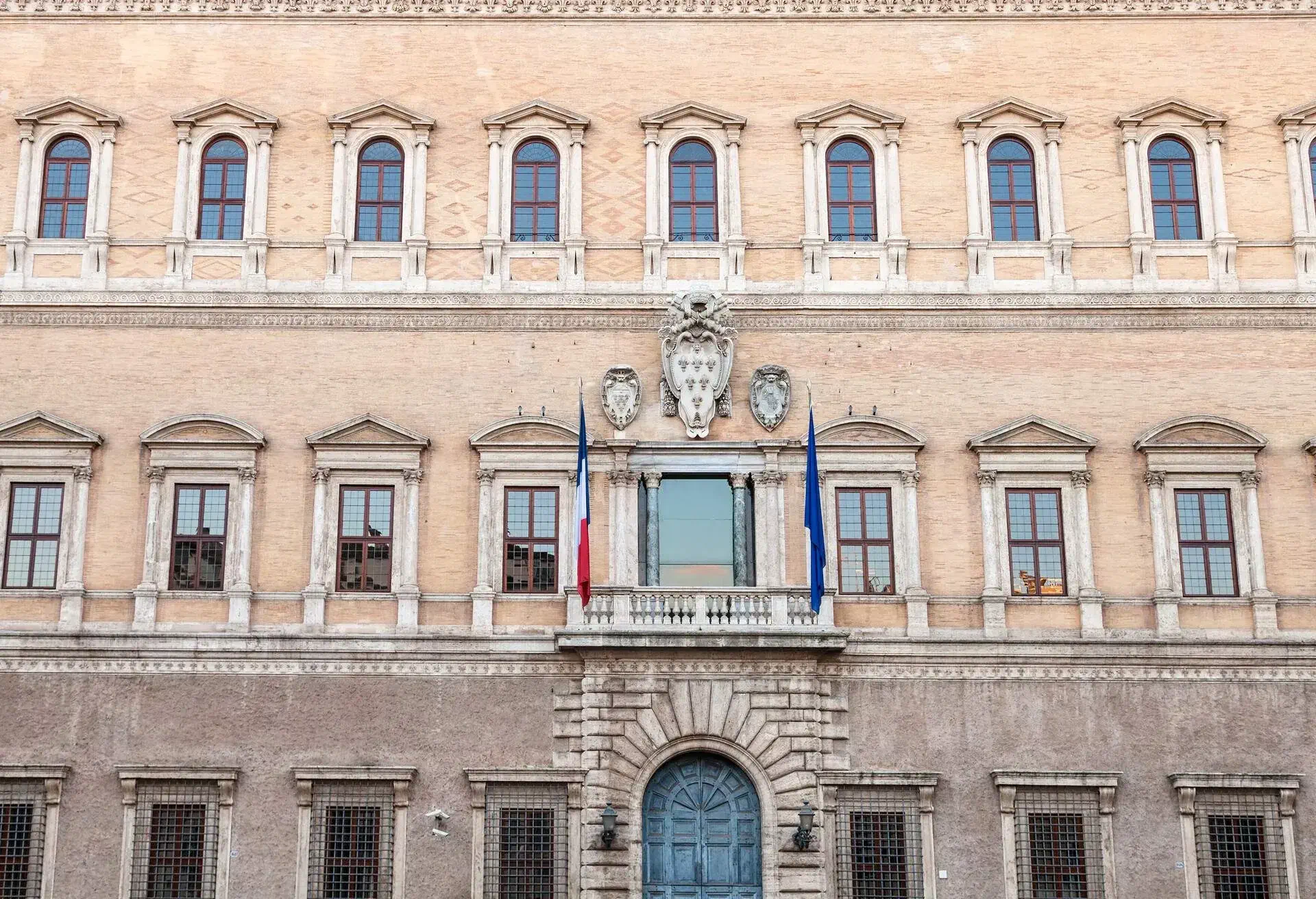
Rome also has some outstanding modern buildings that add contemporary appeal to the city’s other treasures. Palazzo Farnese presently serves as the French Embassy and is a fine example of these modern marvels. Originally designed for the influential Farnese family (think Dukes of Parma and Pope Paul III) it was famed for its imposing stature, which should come as no surprise considering its architects included High Renaissance masters Michelangelo and Vignola. It currently houses an impressive scholarly library with a focus on popes from the medieval period.
Galleria Borghese
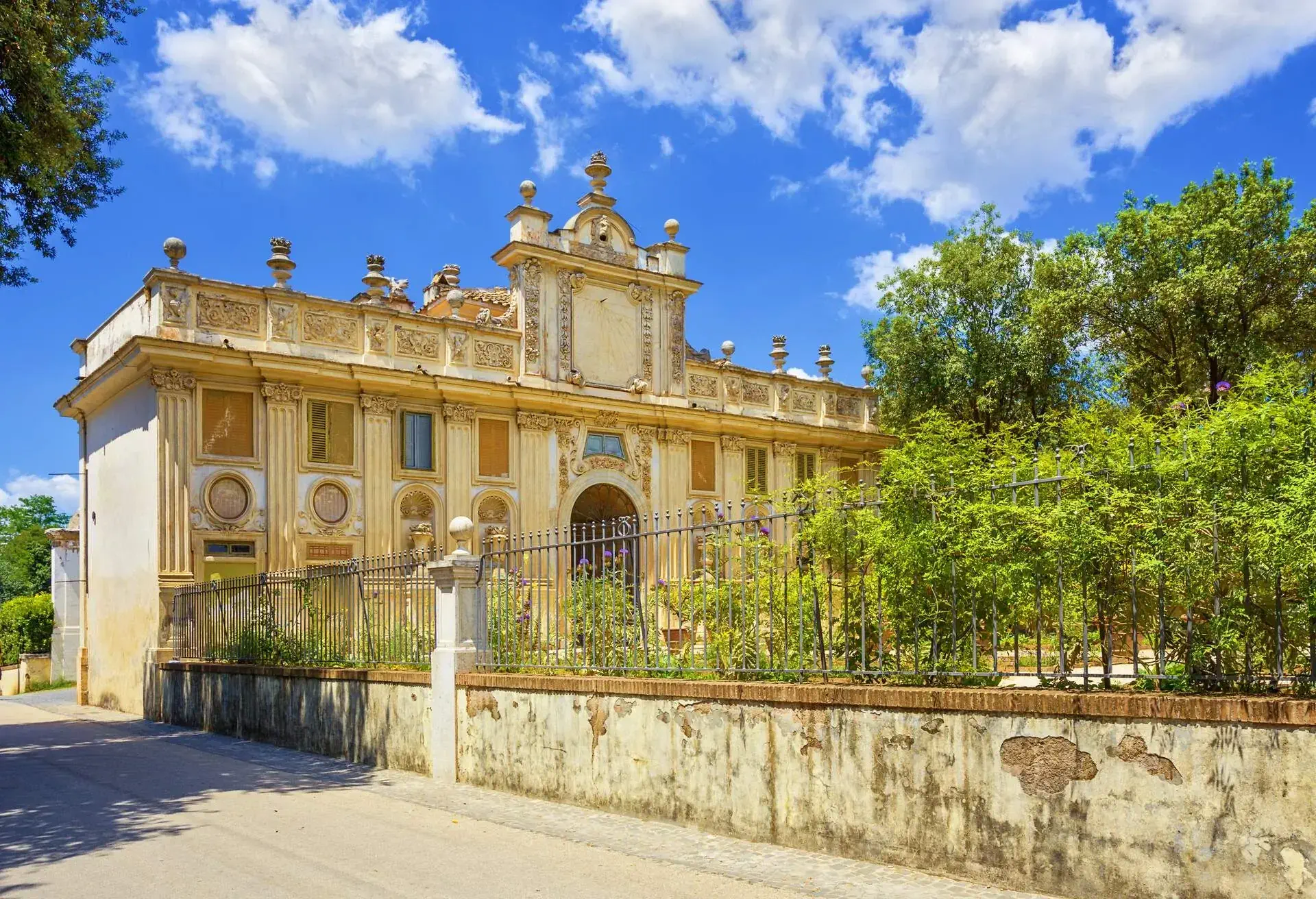
You can add Galleria Borghese to the list of Rome’s famous buildings by virtue of its fabulous Borghese Collection. The Borghese was another Italian family of nobles who counted Pope Paul V among its members. The gallery has twenty rooms spread over two floors and features a stunning collection of sculptures (Apollo and Daphne) and paintings (Madonna and Child, Diana and Her Nymphs). Inside the Salone, or main drawing room, you can find several frescoes, mosaics, and grotteschi decorations.
MAXXI
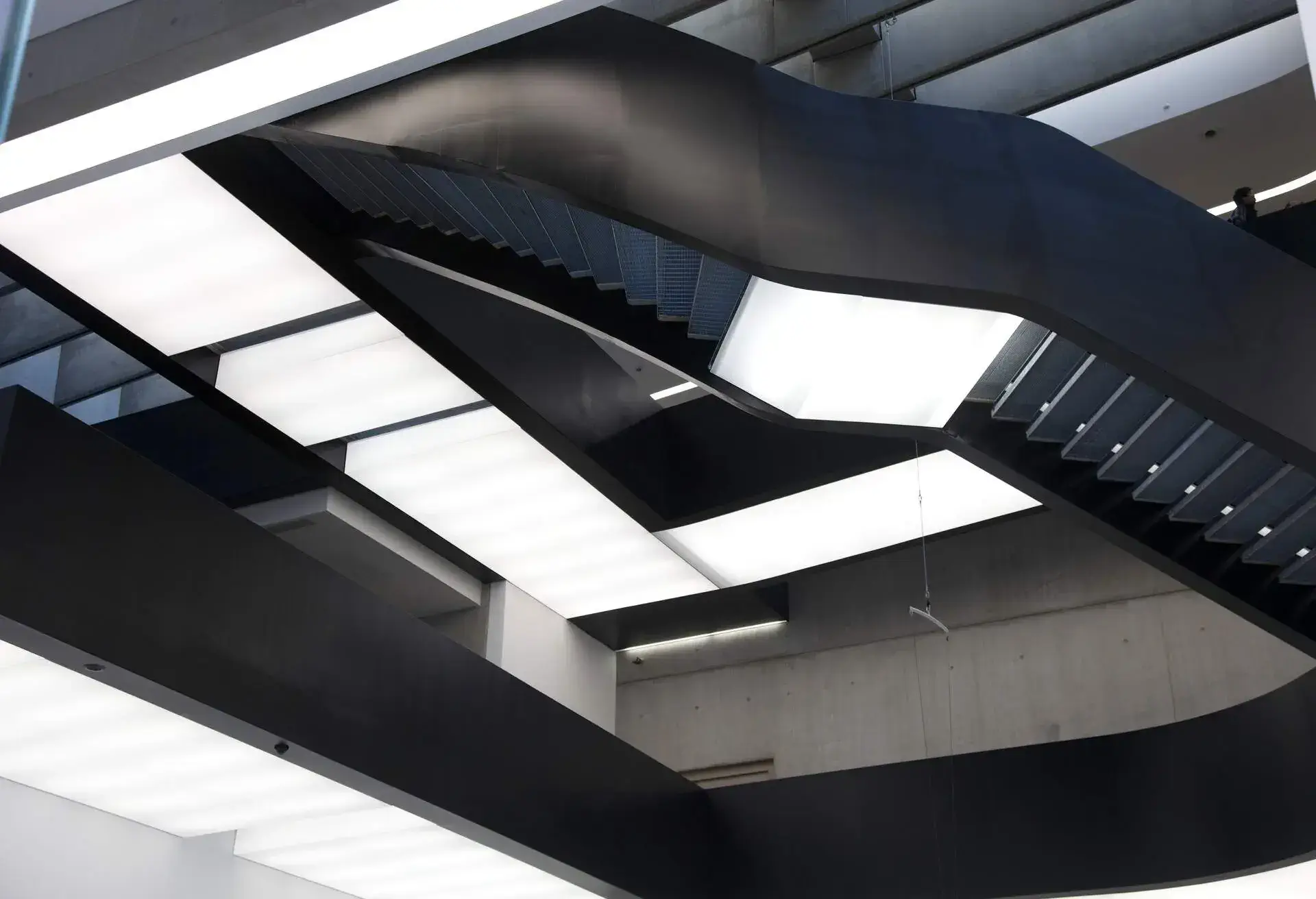
Considered by many a contemporary masterpiece of architectural design, the MAXXI complex easily deserves its place on our list of modern marvels. Designed by Zaha Hadid, the complex was opened in 2010 and houses two national museums: MAXXI Art and MAXXI Architecture. Both curate permanent collections featuring creations by avant-garde artists, such as Vanessa Beecroft, Gerhard Richter, and Kara Walker.
Victor Emmanuele II Monument
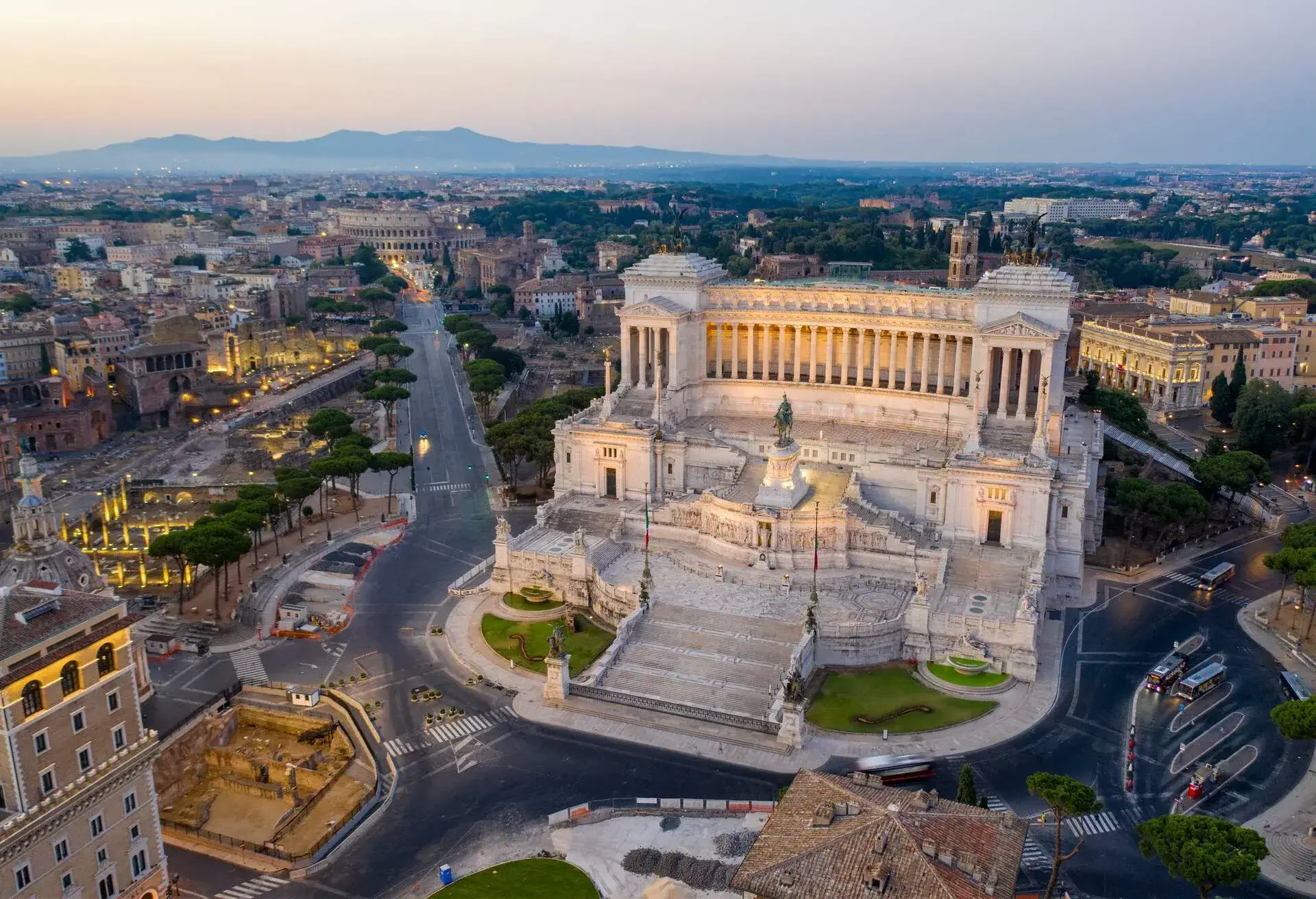
One of the few edifices erected in honour of an Italian king, the Victor Emmanuele II Monument or Vittoriano is a truly stunning achievement in terms of scope and national significance. The edifice includes an altar to the goddess Roma, as well as a sacellum (shrine) in honour of the Italian Unknown Soldier. Lastly, its location at the very centre of what was ancient Rome further emphasises its symbolic value. This is, without doubt, one of the grandest buildings in the city of Rome and commemorates the unification of Italy as a nation and its first king.
Excited for your next adventure? Our friends at Where to Go, produced by the team behind the award-winning DK Eyewitness travel guides, are here to help!
Each fortnight, hosts James and Lucy talk to local experts about the destination they have chosen to call their home, exploring their personal connection to the place, what makes it so special and the best things to see and do.
Listen to the podcast below for more inspiration and tips from Rome:

